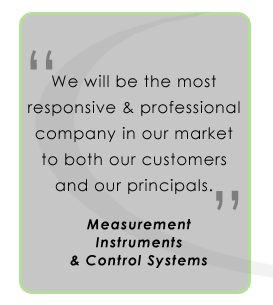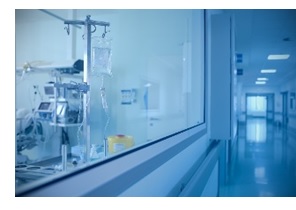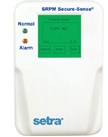pregabaline 50mg
pregabaline ldm sigridw.comnaltrexone reviews for weight loss
naltrexone oral reviews blog.idilbaby.com|
Setra Web Blog
How Do I Pressurize An Anteroom?
|
|
February 2017, MARIETTA, GA - There are several techniques for managing safe and reliable pressurized rooms in healthcare and laboratory applications. When anterooms are present, such as those used for isolation rooms and pharmacies, it is not always clear how the anteroom should be pressurized in relation to the adjoining room and hallway.
In either case, anteroom pressurization is best achieved with a supply airflow device such as a VAV box or venturi valve. An exhaust device is usually not necessary in an anteroom (depending on its size), where a simple balancing damper can achieve accurate and reliable exhaust airflow when connected to the patient room exhaust. Similar techniques can be applied to Protective Environment (PE) rooms.
CLICK HERE for more information on the full line of room pressure monitors from Setra Systems. |





